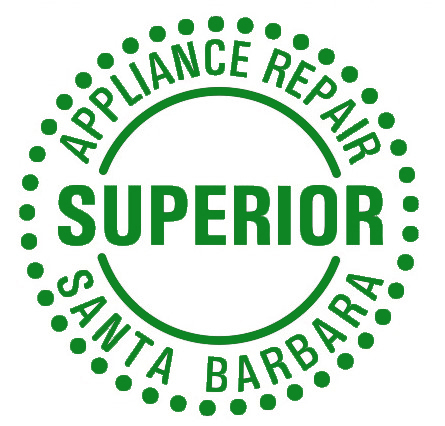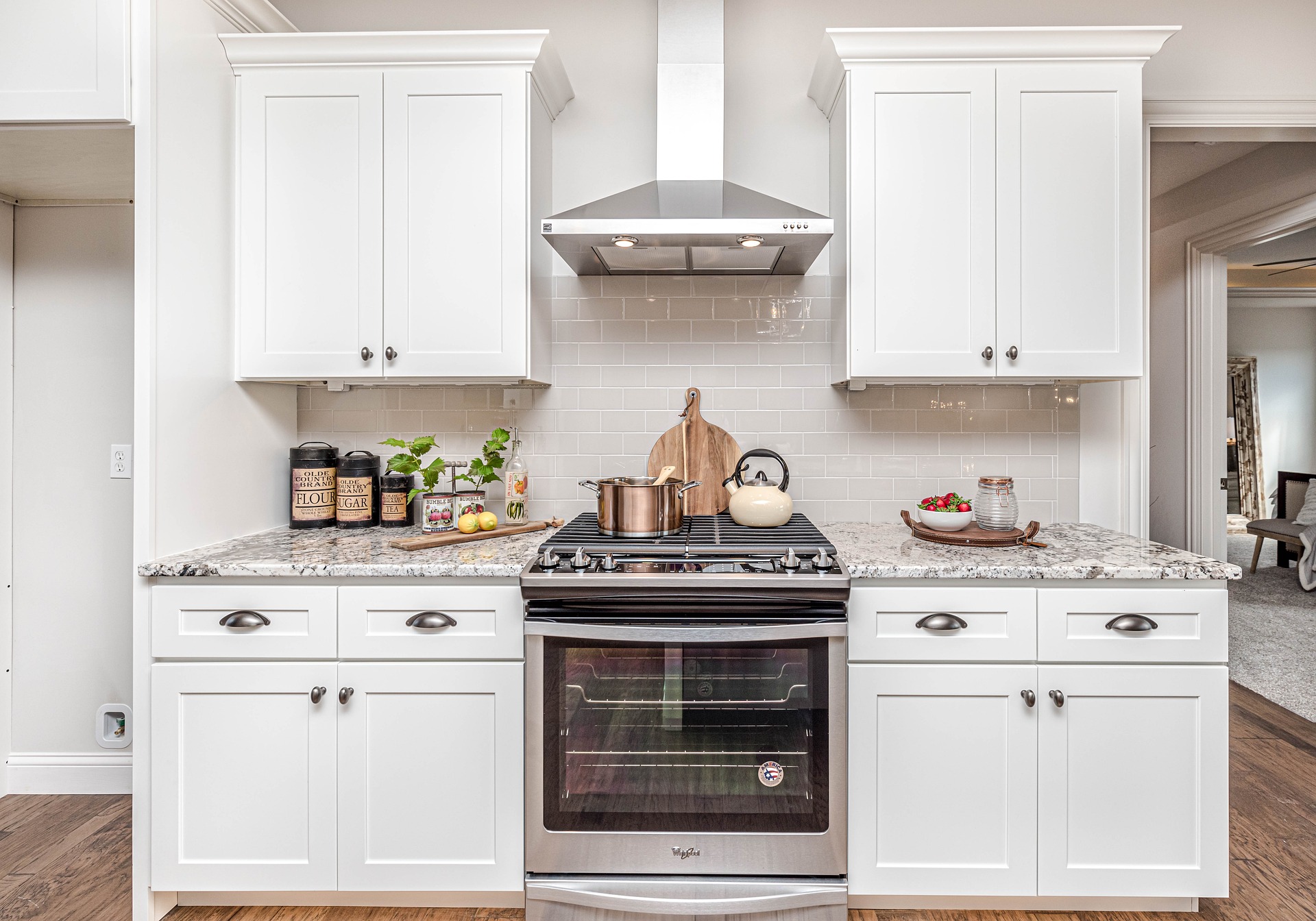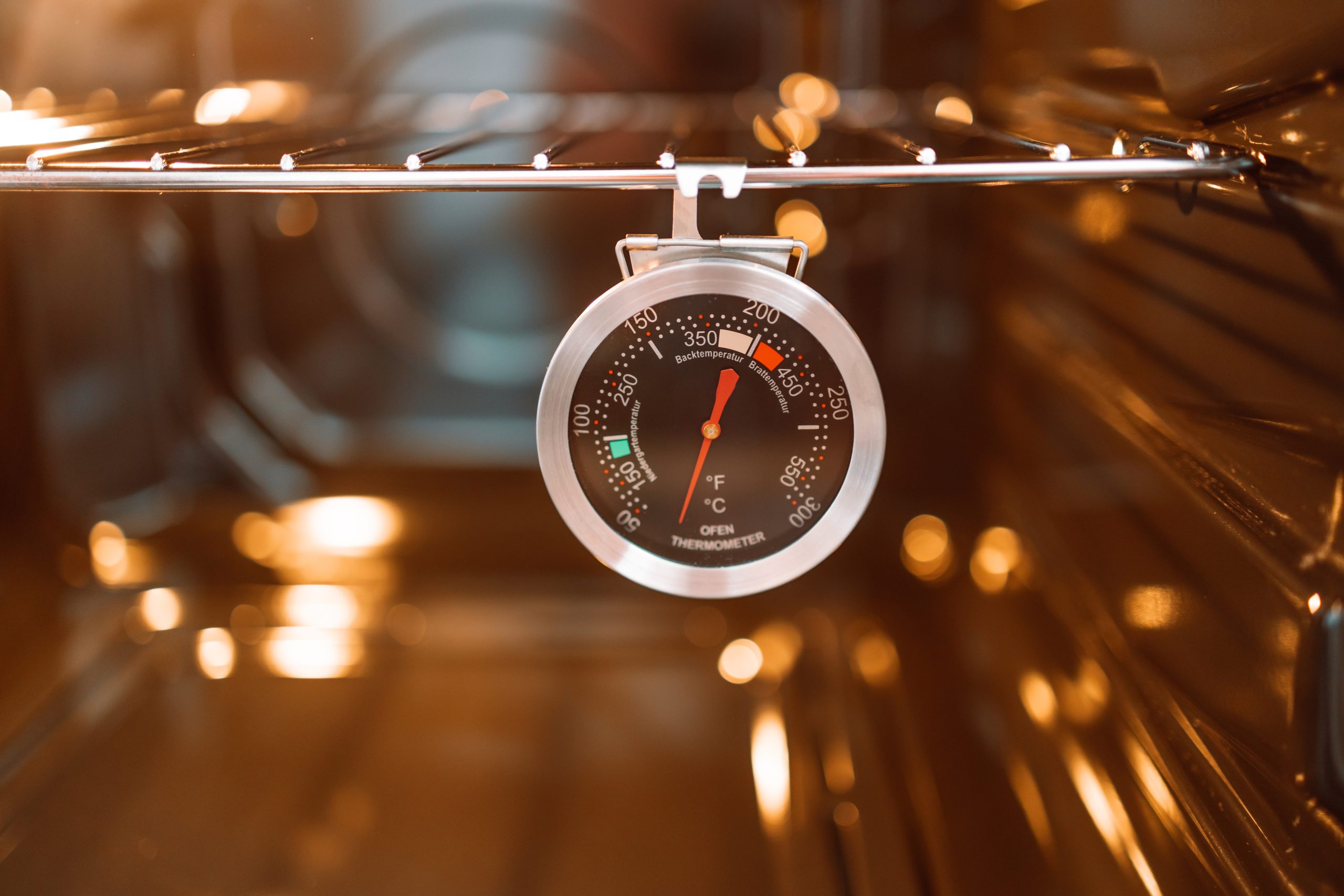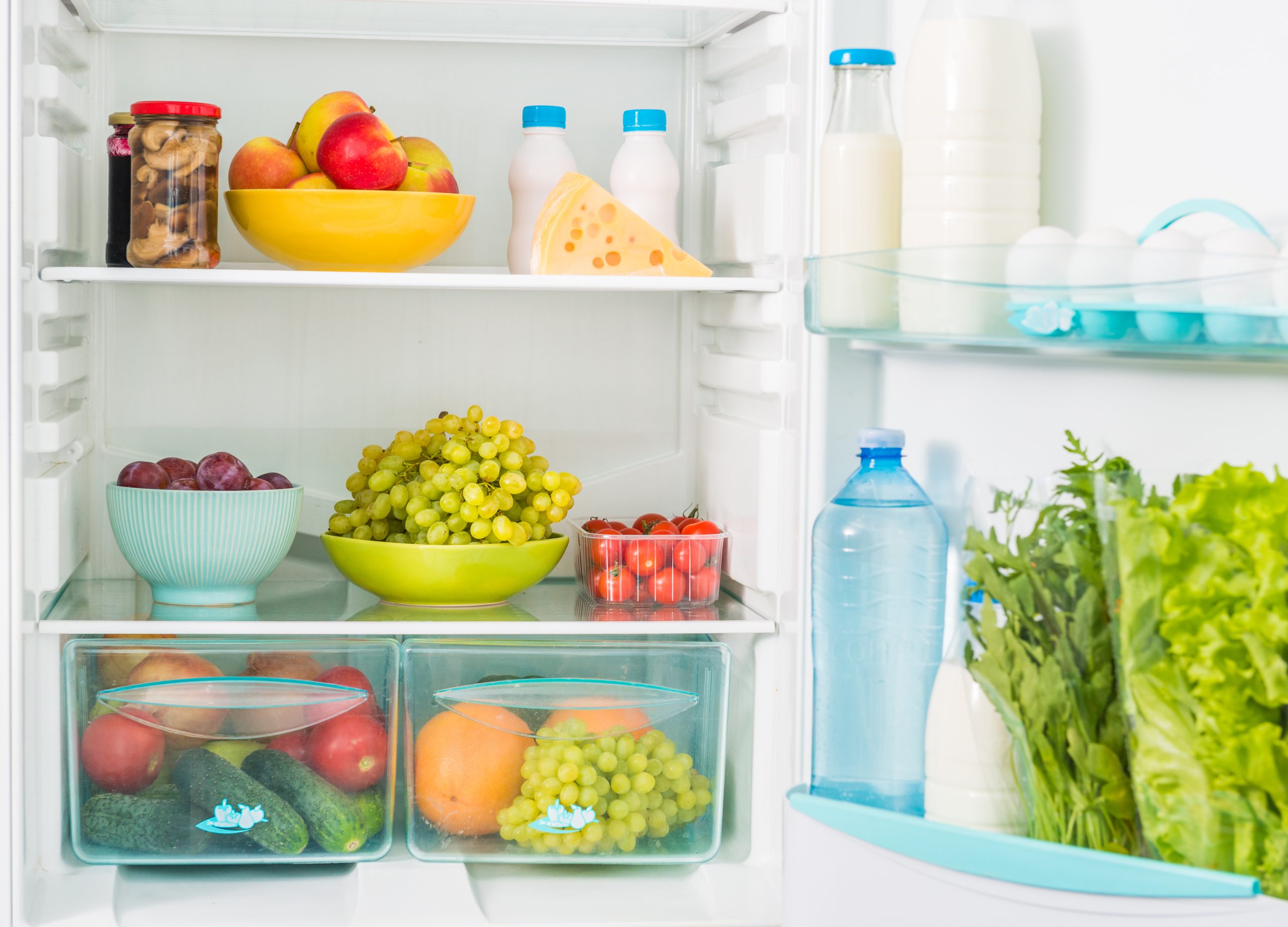There is nothing worse than preparing a meal for your family only to find that your oven is not working. Below are the 8 most common reasons your oven won’t turn on or won’t heat and cook your food evenly or properly. Some fixes are DIY, but many will require a technician. In most cases, it’s a quick fix that can be resolved the same day.
#1 The Breaker Has Tripped
If you have an electric oven that isn’t heating, it could simply be that the breaker has tripped. Head to your home breaker box and identify your oven breaker. If it has tripped it is likely to be positioned halfway between “on” and “off”. However, it can trip without shifting all the way to the middle—so be sure to switch it all the way off, then all the way on. If it still isn’t heating up, check to see if your electric burners are working. If the burners are working but not the oven, call an appliance technician. If neither are working, you likely need an electrician.
#2 The Knobs Aren’t Positioned Properly
If your oven and range have knobs instead of buttons or a touch screen, and your oven is turning on but not heating properly—your knob could be positioned incorrectly. This is most common after removing your knobs for cleaning or when a broken knob falls off. If the knob isn’t placed back to the correct “off” position, you will over or undercook your food. To determine if this is your issue, turn your oven “off” and see if the knob is positioned properly. If not, pop it off and back on again. If the knob keeps falling off, order a new one.
#3 The Gas Igniter is Dirty
If the stove ignites but the oven is not working, the igniter could be clogged. This happens when food accidentally spills while taking food in and out of the oven. If you aren’t sure where your igniter is, take a look at your owner’s manual. Then, turn your main gas line off, remove the panel above the igniter, and unclog the pilot light with a toothbrush. Turn the gas back on and try igniting your oven again. If this doesn’t resolve your problem, the igniter could be faulty and it’s time to call a technician.
#4 Door Won’t Close
If your oven door won’t close all the way, heat will escape. This can cause your food to heat unevenly, undercook, or take longer to cook. If your door won’t close all the way, it is likely because the lever is in the “locked” position. You only need your oven door locked when it is on its self-cleaning mode. Sometimes when self-cleaning is complete, the door lever remains in the locked position. Check the lever to see if it’s in the locked position and switch the self-cleaning mode on and off to release the lever.
#5 Faulty Temperature Sensor
The temperature sensor is a thin tube that is positioned in the upper back corner of the oven wall. The tube is not supposed to touch the oven wall. When it touches the wall the temperature it senses won’t be accurate. If the sensor was accidentally bumped while cooking or cleaning, you will have erratic cooking temperatures. Allow your oven to cool completely, then grab a flashlight to see if the sensor is touching the wall. If it is, gently bend it away from the wall.
Then pop an external thermometer in, preferably near the center of the rack. Just make sure the thermometer is calibrated. Turn your oven on to 400 degrees and check the thermometer temperature after 10 minutes to see if it reads 400 degrees.If that doesn’t fix the problem, you will need to call a technician.
#6 Faulty Heating Element
If your electric oven is not working, it could be the heating element. If it is heating up but not getting hot enough, the heating element could be broken. The heating element is the curved rod on the bottom of the oven. Place a calibrated thermometer in the center of the rack and turn your oven on to 400 degrees. After 10 minutes, visually check the thermometer to see if it reads 400 degrees. Also, check to see if the heating rod is glowing bright red. It should be bright red at 10 minutes. If it’s not, call a technician as replacing the heating element is a fast and easy fix.
#7 Your Oven Needs to Be Recalibrated
Even brand-new ovens don’t cook at precisely the temperature they are set to. Sometimes the temperature difference is 10 degrees or less. This typically won’t negatively impact cooking times. If the temperature difference is more than 25 degrees, it can be problematic—particularly when baking desserts.
Again, place a calibrated thermometer in the center of the rack. Set the temperature to 350 degrees and check your thermometer after 10 minutes. Then turn the oven up to 400 degrees and check your thermometer in another 10 minutes. Test it one last time at 450 degrees. If the internal thermometer consistently shows the same temperature difference, it is time to have your oven professionally recalibrated.
#8 Error Code
Newer push button and touch screen ovens have computerized systems built in. When the oven is not working properly, an error code will display. Check your owner’s manual to determine what the code means. Depending on what is wrong, you may be able to fix the problem yourself. Your owner’s manual will walk you through DIY fixes or advise you to call a technician, who will know how to address your error code.
Looking For Reliable Appliance Repair in Santa Barbara?
If your oven is not working, Superior Appliance Repair has you covered. We understand that appliances can break at the most inconvenient times, which is why we are available 7 days a week. Most service visits and repairs can be scheduled and performed on the same day. Call, text, or email us today!









